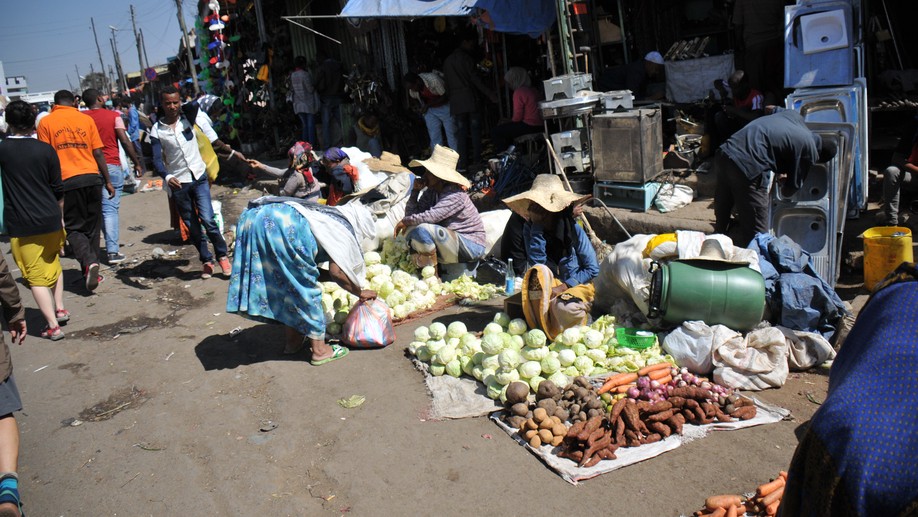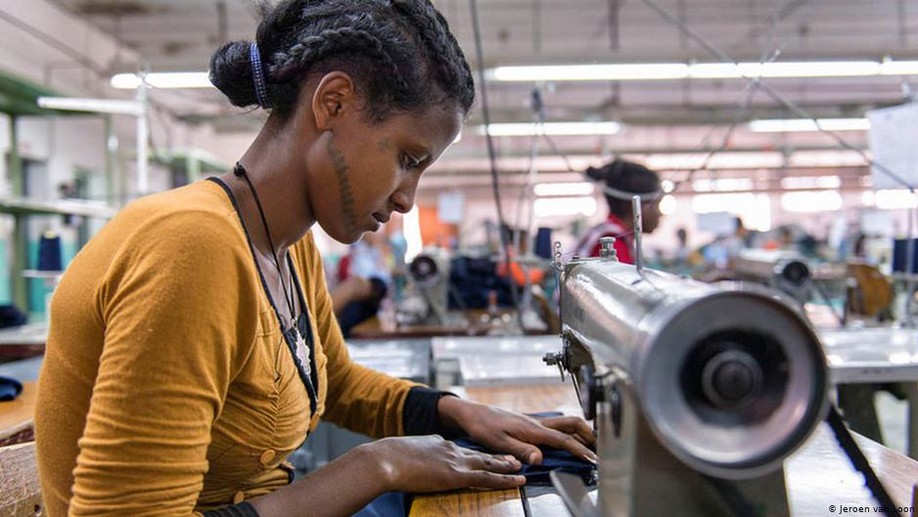Andinet Woldemichael
Research Economist
African Development Bank Group
About me
I am a Principal Research Economist at the African Development Bank, Research Department. I have more than ten years of experience in economic policy research working in academia, Think-Tank, and development finance institutions. My journal articles are published at World Bank Economic Review, Journal of African Economies, and African Development Review; and as working papers at the World Bank, IMF, African Development Bank, and IZA. My research interest spans several topics, including jobs and labor markets, human capital, gender, access to finance and entrepreneurship, firm survival/dynamism, productivity and structural transformation, climate change, and risk and insurance.
I received my PhD in Economics from Georgia State University and completed a Postdoctoral Research Fellowship at the University of Maryland. I am passionate about anything data, including macroeconomic, enterprise surveys, household surveys, big-data such as Online Search and Social Media, GSI and Satellite Imagery. I use different programming languages (Matlab, R, Python and Stata) to play with data and perform econometric estimations.
Interests
- Labor Economics
- Health Economics
- Applied Econometrics
- Bayesian Econometrics
- Agriculture
- Innovation and firm-level dynamics
Education
-
PhD in Economics, 2013
Georgia State University
-
MSc in Economics, 2006
Addis Ababa University
-
BA in Economics, 2003
Addis Ababa University















